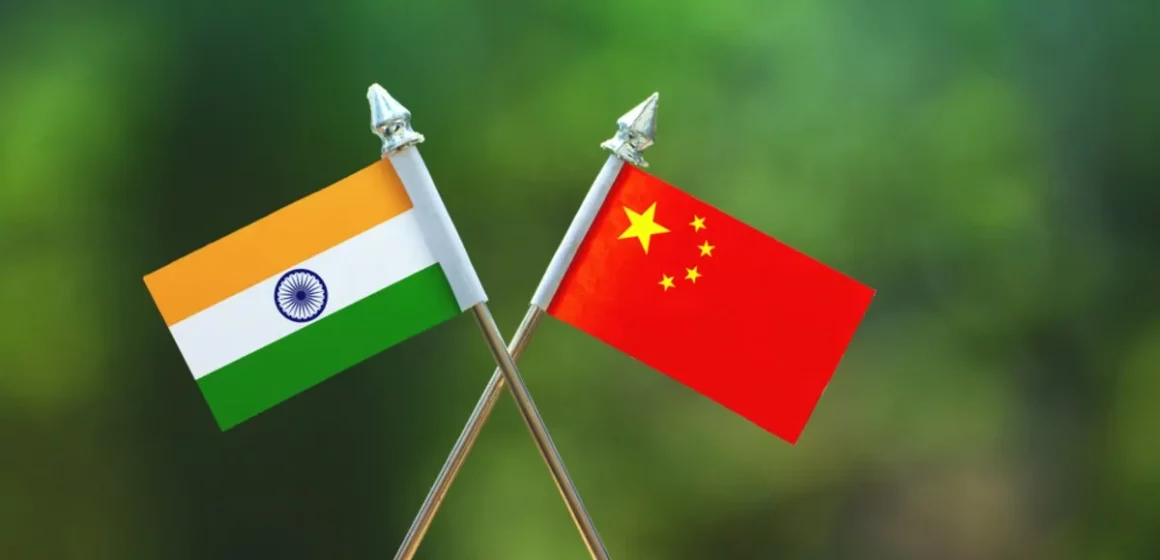India’s Limited Success in Capturing the ‘China Plus One’ Strategy: NITI Aayog’s Analysis
NITI Aayog’s ‘Trade Watch’ Reveals Missed Growth Potential
India has seen only “limited success” in benefiting from the ‘China Plus One’ strategy, as highlighted in NITI Aayog’s latest Trade Watch report. The strategy, aimed at diversifying global supply chains away from China, has been widely adopted by multinational corporations to mitigate risks.
Despite its vast market potential, India’s progress has been hampered by infrastructural bottlenecks, policy inconsistencies, and a lack of manufacturing competitiveness. The report underscores that countries like Vietnam and Mexico have been more proactive in capturing this opportunity, leaving India trailing behind.
US-China Trade Conflict: New Opportunities for India?
A fresh wave of trade tensions between the US and China has created ripple effects in global trade dynamics. The US recently imposed stringent export restrictions on advanced chip-making equipment and high-bandwidth memory chips, prompting China to retaliate with bans on key rare metals such as gallium and germanium.
This trade war presents a significant opening for nations like India to position themselves as reliable alternatives for multinational companies. BVR Subrahmanyam, CEO of NITI Aayog, pointed out during a press briefing, “The trade diversion from these disruptions could lead to an economic boom for India, provided we are prepared to act swiftly and decisively.”
Why India Is Struggling to Capture the Opportunity
While India stands at the forefront of potential beneficiaries, several factors impede its ability to capitalize on this trade realignment:
Inadequate Infrastructure: Poor logistics, outdated ports, and slow connectivity remain major obstacles.
Complex Business Ecosystem: India’s ranking on the Ease of Doing Business Index shows room for improvement, especially in areas like regulatory compliance and dispute resolution.
High Dependence on Imports: A lack of domestic production capabilities in key sectors like semiconductors undermines India’s global positioning.
Policy Gaps: Uncertainty in trade and taxation policies has deterred foreign investments in manufacturing.
How India Can Turn the Tide
Expanding PLI Schemes: India should broaden the scope of its Production-Linked Incentive schemes to encompass emerging sectors such as electronics and green technology.
Investing in Infrastructure: Upgrading ports, highways, and industrial corridors is essential for efficient supply chain management.
Strengthening Trade Alliances: Strategic partnerships with global economies can help India integrate more deeply into global value chains.
Building a Skilled Workforce: Focused efforts to train workers in high-tech manufacturing and automation can address critical skill shortages.
Will India Seize This Critical Moment?
The escalating US-China trade war has created a golden opportunity for India to become a global manufacturing powerhouse. However, the country’s ability to turn this potential into reality hinges on bold and timely actions.
NITI Aayog’s report acts as a wake-up call for policymakers and industry stakeholders. While the challenges are significant, the rewards of a proactive approach could be transformative, allowing India to lead the next phase of global supply chain diversification.
With the ‘China Plus One’ strategy gaining momentum, India’s time to act is now. A collaborative effort between the government, industry, and global partners is essential to ensure that the nation doesn’t miss out on this pivotal opportunity.


Leave a Reply